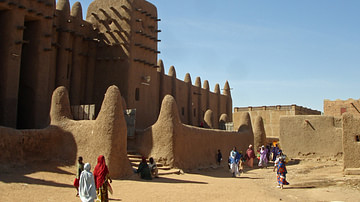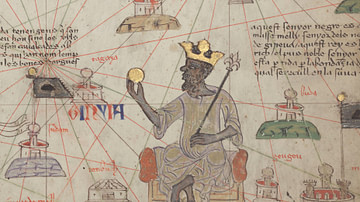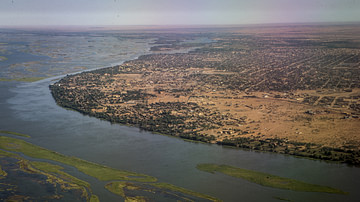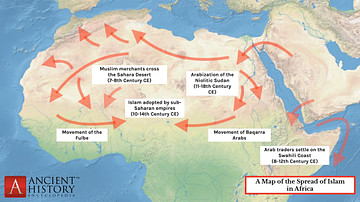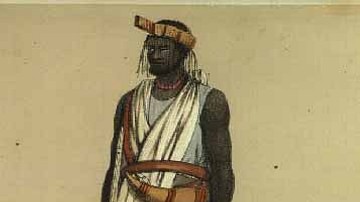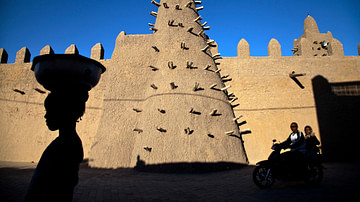Video
Cite This Work
APA Style
Kyokai, U. T. N. N. H. (2018, September 05). Tomb of Askia (UNESCO/NHK). World History Encyclopedia. Retrieved from https://www.worldhistory.org/video/1540/tomb-of-askia-unesconhk/
Chicago Style
Kyokai, UNESCO TV NHK Nippon Hoso. "Tomb of Askia (UNESCO/NHK)." World History Encyclopedia. Last modified September 05, 2018. https://www.worldhistory.org/video/1540/tomb-of-askia-unesconhk/.
MLA Style
Kyokai, UNESCO TV NHK Nippon Hoso. "Tomb of Askia (UNESCO/NHK)." World History Encyclopedia. World History Encyclopedia, 05 Sep 2018. Web. 19 Apr 2024.
